The late Queen’s connections and love for Tayside were almost as strong as the ties that would bind her to her beloved Balmoral.
The monarch’s mother, Elizabeth Bowes-Lyon, was raised at Glamis Castle in Angus before going on to become the Queen Consort and, latterly, the much-loved Queen Mother.
Princess Margaret arrived there on a stormy night in August 1930 – the first royal baby born in Scotland since 1600 – and she and older sister Elizabeth made regular visits north of the border to both her mother’s childhood home at Glamis and Balmoral Castle on Deeside.
One of her earliest public engagements was at a vast reception at Glamis Castle in 1928 where she was described by one newspaper correspondent as a “lovely child with the fairest of complexions and the bluest of eyes”.
He later described how “the last the 1,600 guests saw of the Princess was a baby hand waving them farewell from a bedroom window”.
There was much to engage her at the castle, including a large selection of toys, but she found greater pleasure playing with a sand pail, spade and heap of sand.
With her sand pail and spade she spent many happy hours in exactly the same way as thousands of other children were meantime doing at the seaside – making sandcastles.
‘What is the price of this one?’
Princess Elizabeth accompanied her grandmother and a nurse to go shopping in Forfar in July 1930 where she showed critical judgement in making her purchase!
A crowd of onlookers, recognising the Glamis car, gathered round to get a glimpse.
The princess and countess visited Mr W. Shepherd’s book shop in Castle Street.
She asked Mr Shepherd to show her some books of animals and the first six she looked at were rejected with the remark: “I have already seen them.”
However, she ultimately found one to her liking but instead of immediately demanding the book she displayed good Scots caution and business acumen.
She asked: “What is the price of this one?”
On being informed she agreed to the purchase and produced a little purse of her own, which was in a colour scheme to match her blue coat.
She extracted the coins necessary and completed the purchase.
On the book being wrapped up and handed to her, she thanked Mr Shepherd before making her way through an admiring crowd at the shop door.
The car immediately drove off to Glamis Castle with Princess Elizabeth carefully carrying her new book.
In 1931, at the age of five, she was given her own car while staying at Glamis Castle.
Of course, it was a small motorised version, but she was still able to drive it after a lesson from her father, the Duke of York, and apparently spent a happy day proudly driving about in her own car beside the castle.
The Courier’s earliest photograph of the Queen in Dundee is of Princess Elizabeth shopping with her grandmother, the Countess of Strathmore, at Webster’s Toy Shop in Whitehall Crescent in 1933.
Excited onlookers kept a respectful distance as they lined the streets to catch a glimpse of the relaxed young royal.
A letter penned by the 11-year-old future monarch in late 1937 showed her huge affection for the area where her mother grew up.
Writing on behalf of herself and sister Margaret, the young Elizabeth recounted her journey home to Buckingham Palace after “one of the happiest weeks” of her young life.
She wrote: “We had such a loyal, as I might say, reception at the station, I expect it
is the busiest time that Glamis Station has had for some time.
“We went into the station master’s room, which was absolutely boiling! The train was two mins late from Forfar and when we went out on to the platform the crowd sang ‘Will ye no come back again’ which was very nice of them going out of the station.”
While there were official visits for the young princess with her parents to factories and workplaces, such as Lord Robert’s Workshop in Dundee, she was often to be seen with a smile on her face dressed in a plaid skirt, enjoying the fabulous countryside.
At the height of the Second World War, in 1941, Princess Elizabeth accompanied her parents to a jute factory and met the Civil Defence Force of Dundee.
The royal party toured a factory to an excited reception of workers.
The King and Queen met workers and were filmed being guided around the machinery.
As the group left the factory, they stepped into a series of cars and were driven off before a crowd, many of whom were waving flags.
Five years later, as the nation recovered from the turmoil of war in 1946, the young Princess Elizabeth travelled to Dundee to open the new Camperdown Park.
In her speech she recalled happy childhood days at Glamis and that “a trip to Dundee was always greatly enjoyed”.
She said: “I am sincerely touched by the kind words in which you and your citizens have made me welcome to Dundee and I need not tell you how glad I am to be here today.
“This is not by any means my first visit to your great city, for as a child I spent many happy days at nearby Glamis, and a trip to Dundee was always greatly enjoyed.
“Admiral Duncan, famous as a son of this city and as an officer of the Royal Navy, gave to this estate the name Camperdown, his most resounding victory.
“His lands, through the generosity of the Caird family, are now to be the heritage of the sons and daughters of Dundee for all time.”
Princess Elizabeth made her most famous broadcast to mark her 21st birthday.
On April 21 1947 she addressed the Commonwealth in an impassioned speech that became one of the most frequently quoted of the 20th Century.
She said: “I declare before you all that my whole life, whether it be long or short, shall be devoted to your service and the service of our great imperial family to which we all belong.”
On February 6 1952, Queen Elizabeth II acceded to the throne at the age of just 25 following the death of her father King George VI.
The fun-loving child who loved Tayside and made sandcastles growing up at Glamis Castle became the longest-reigning monarch in British history.
Farewell, Ma’am.
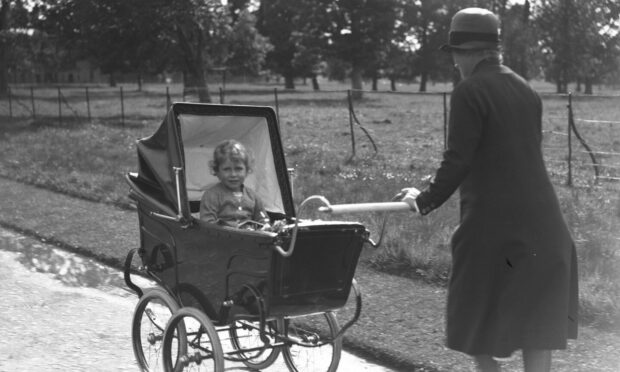
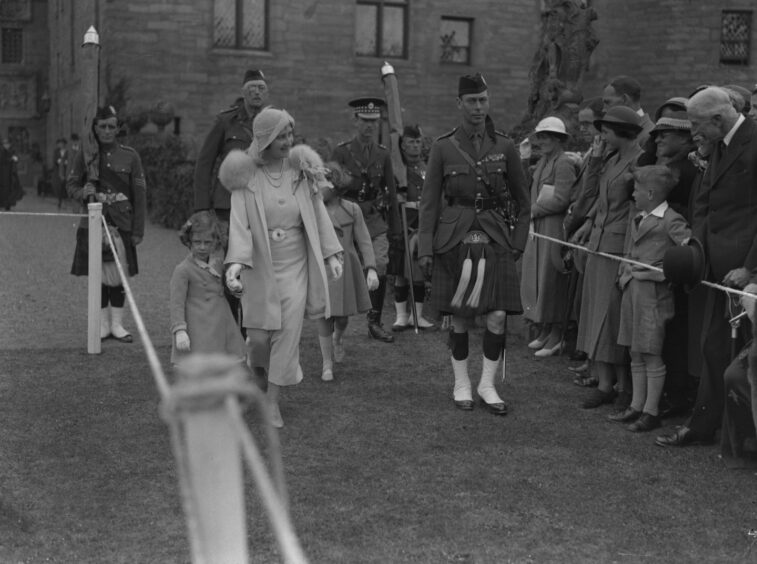
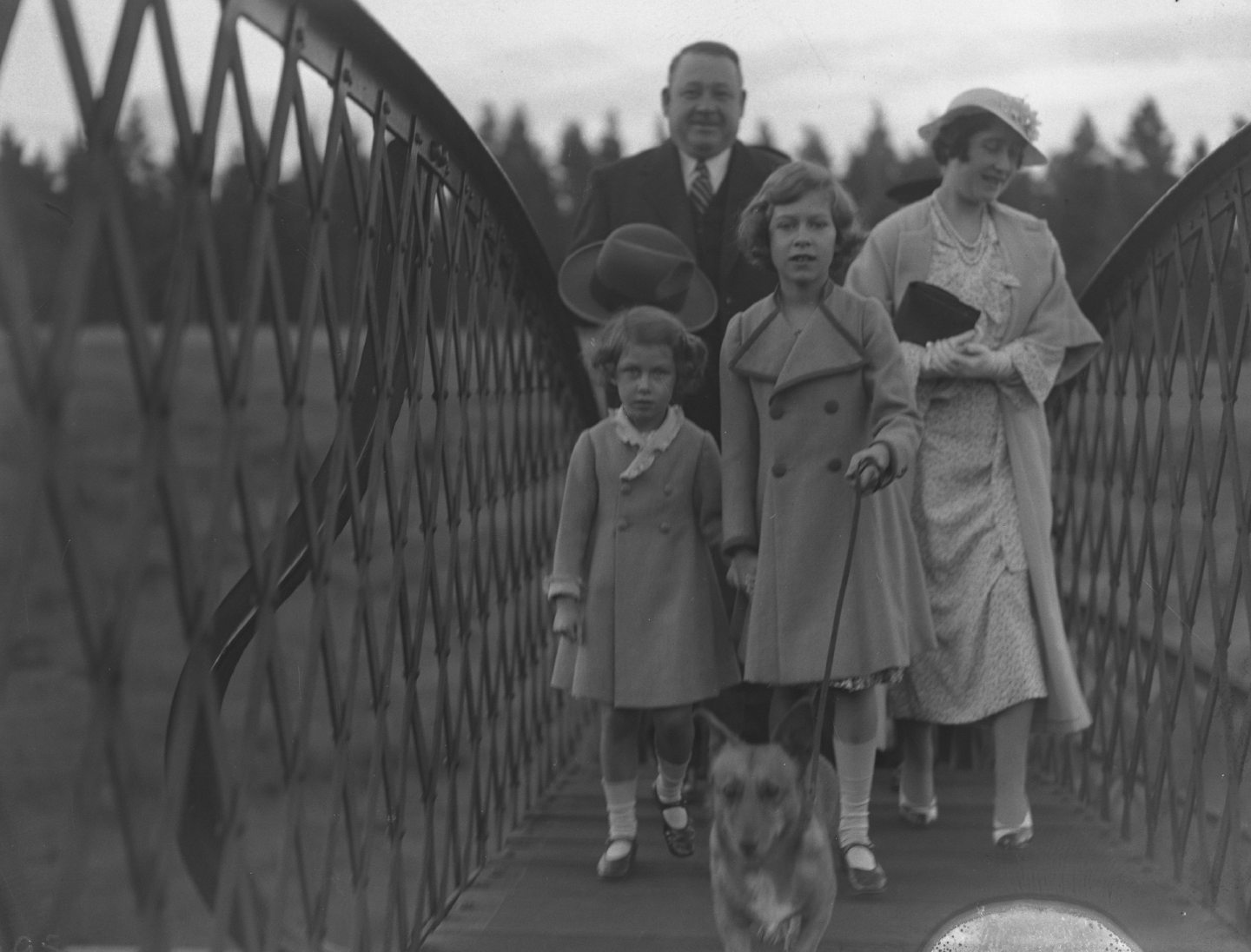
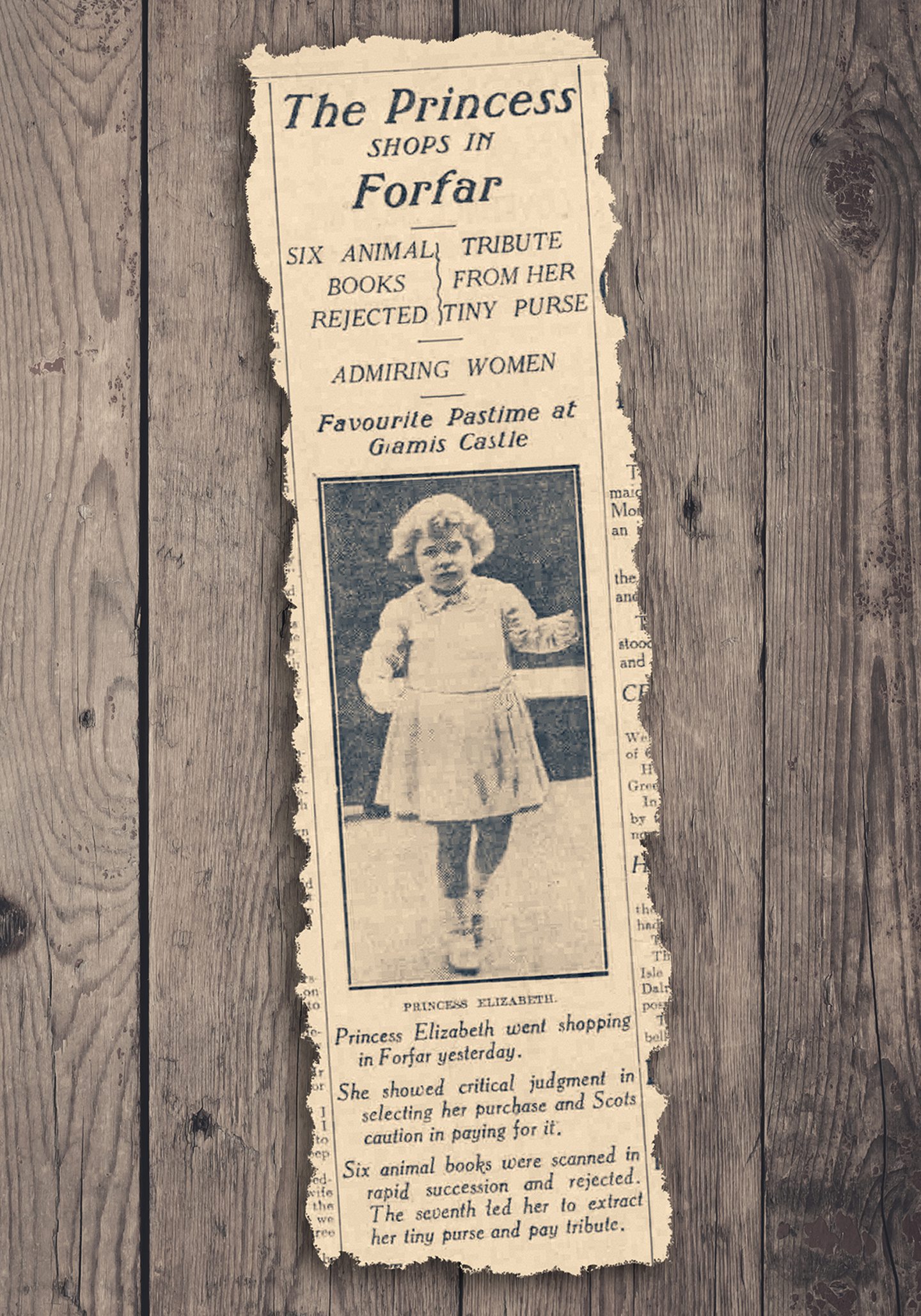
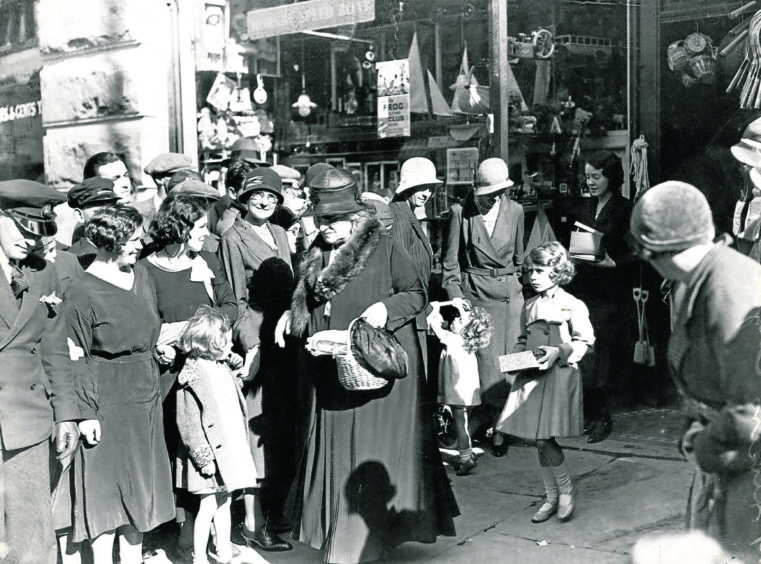
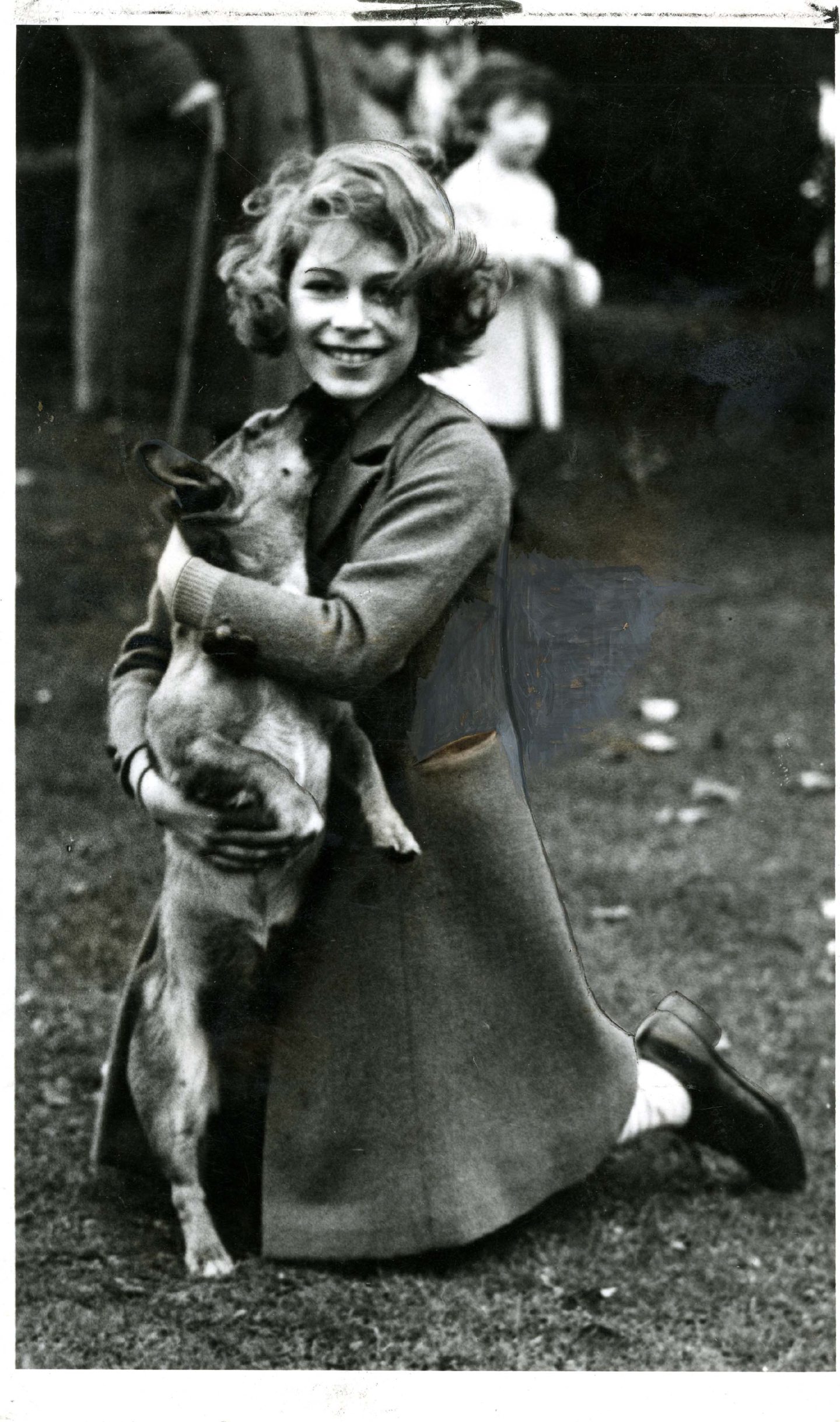
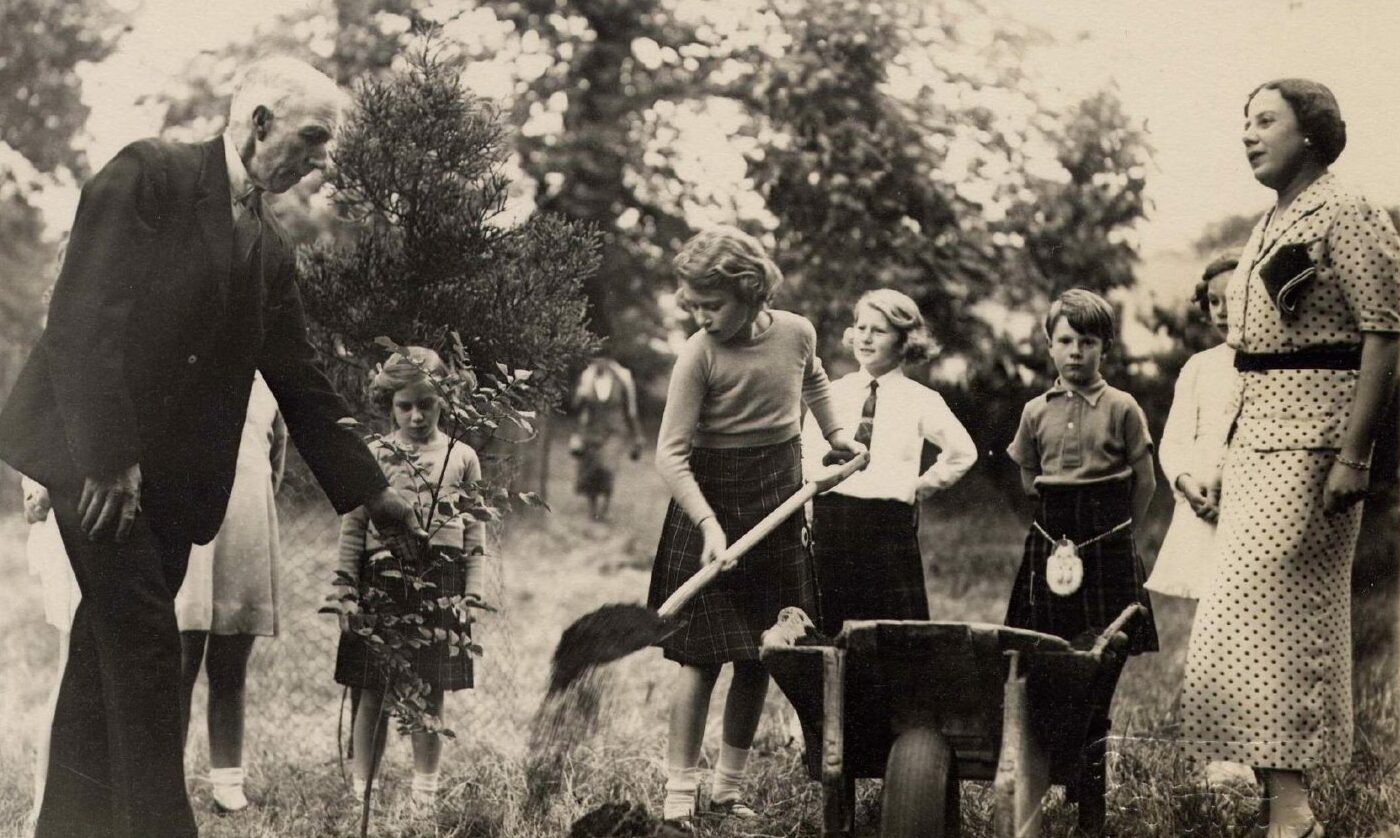

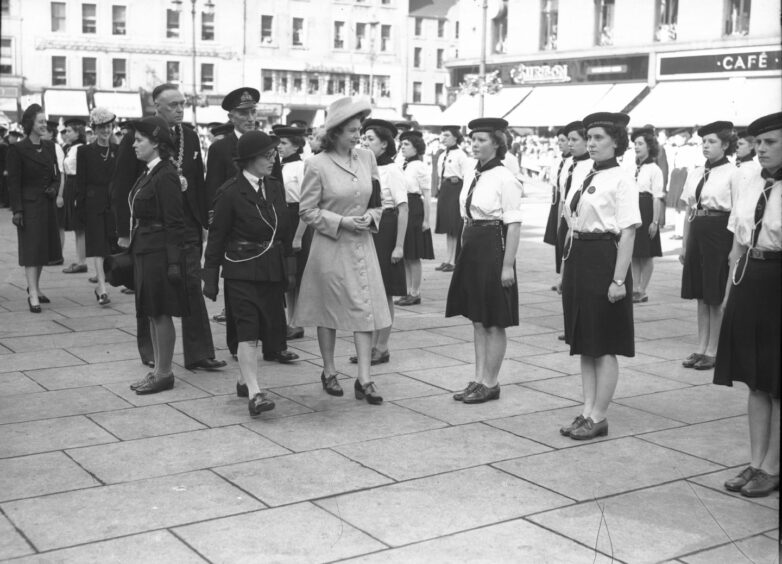
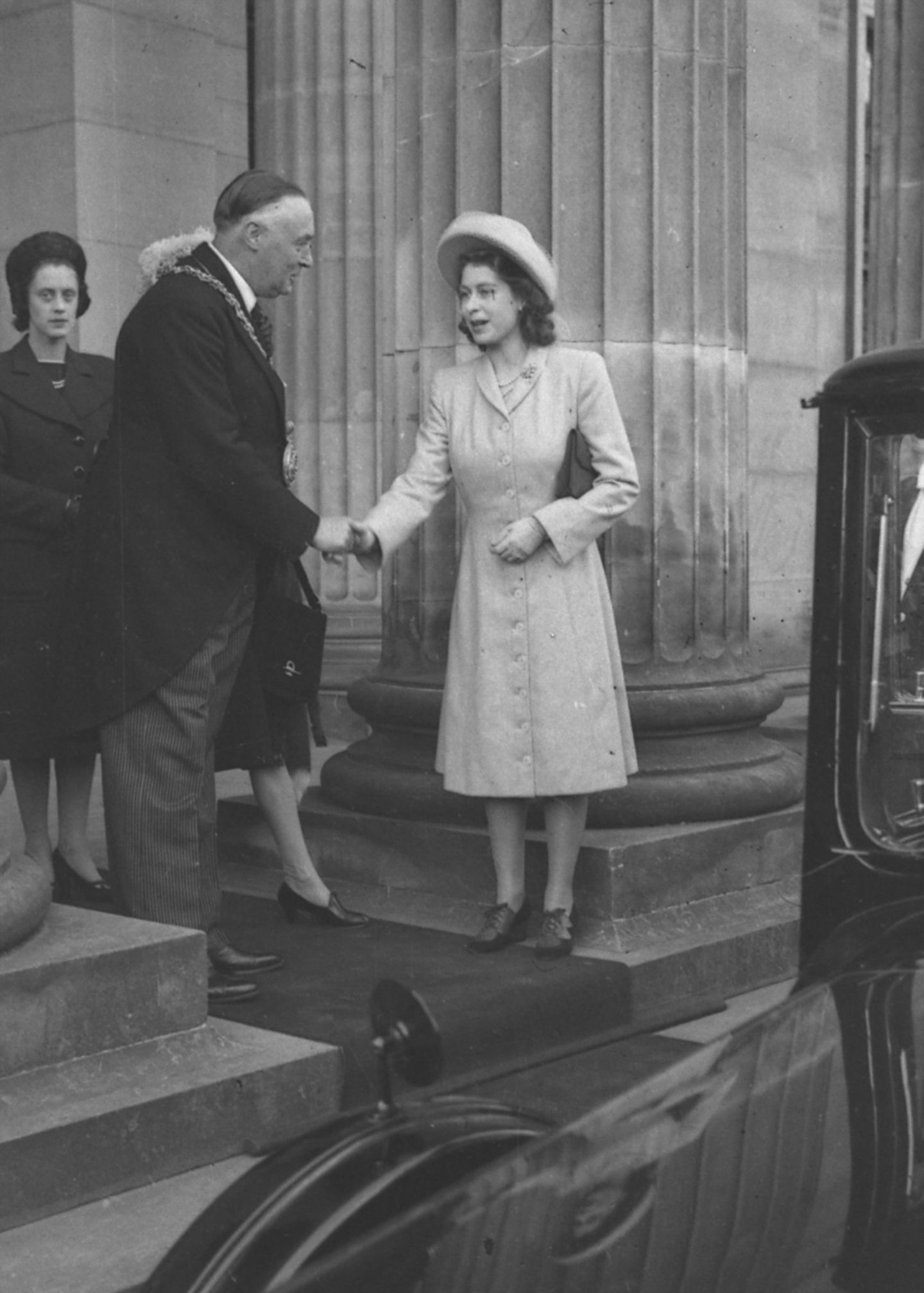
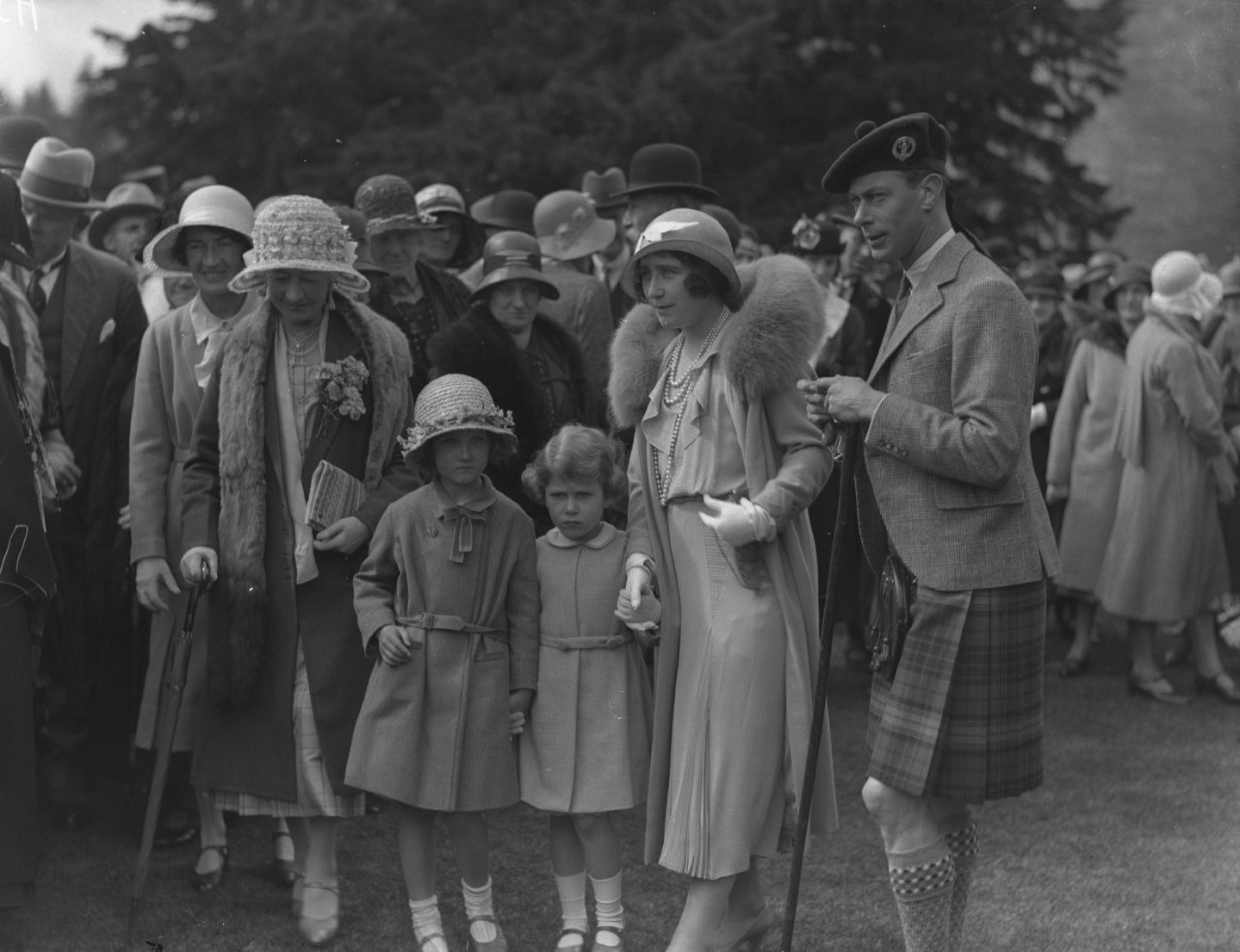
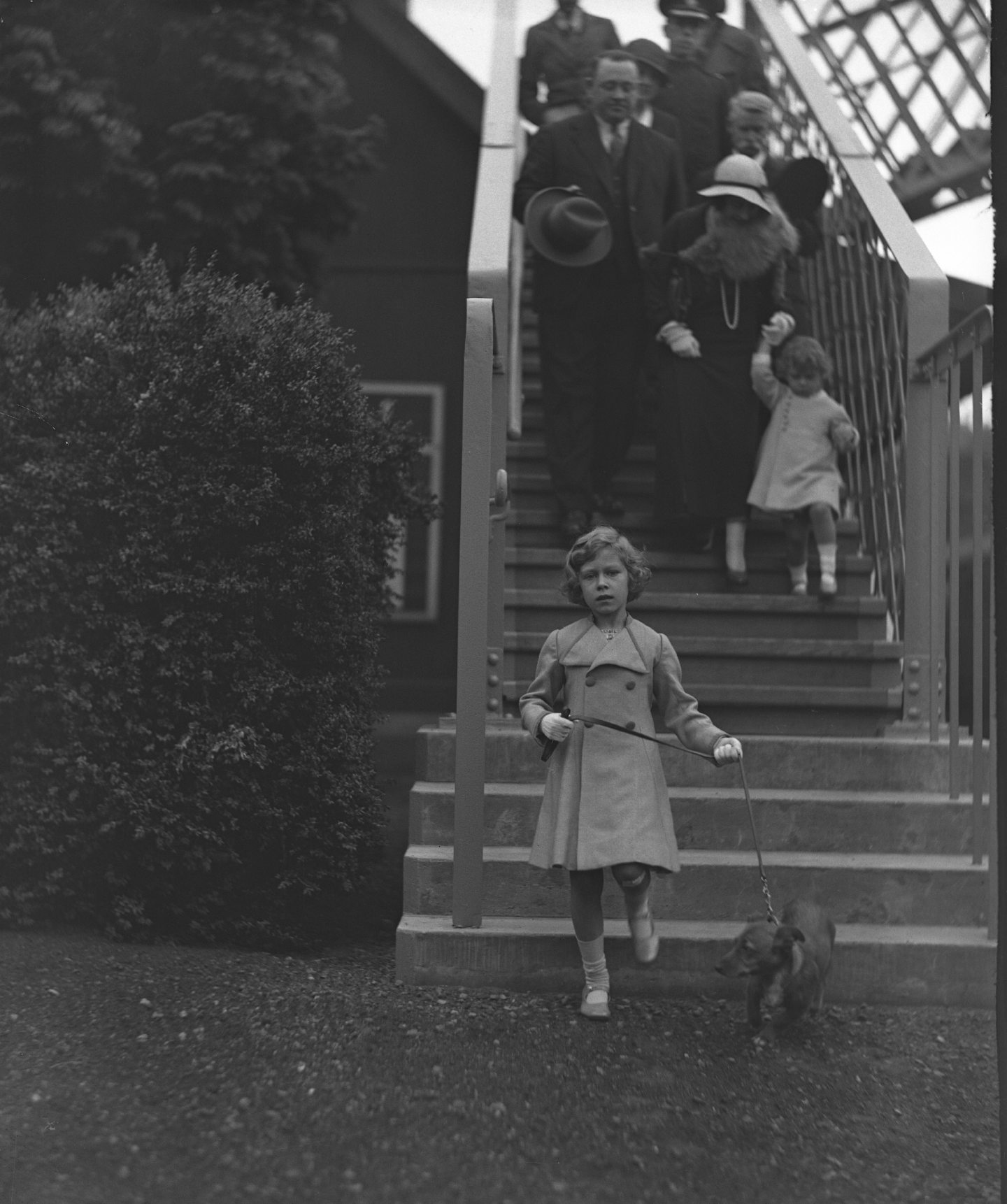










Conversation